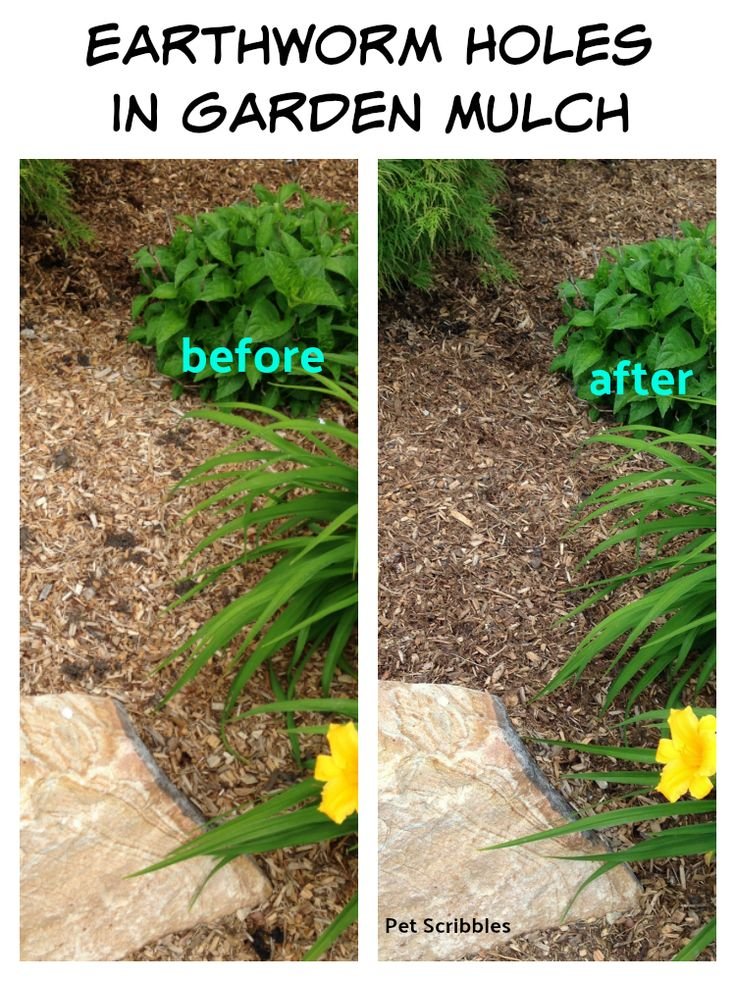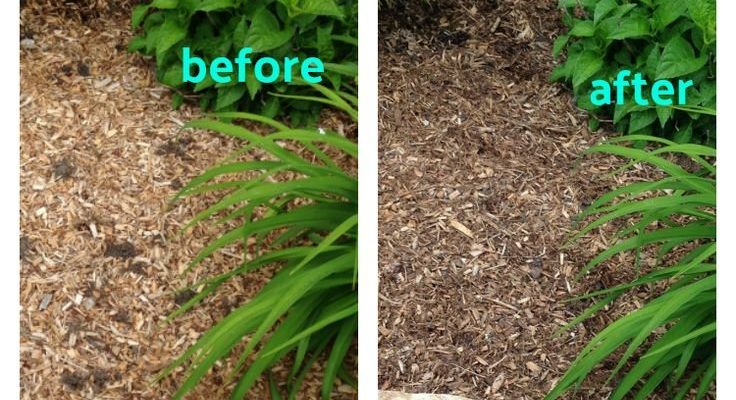
Mulch serves multiple purposes—it’s not just for looks! It helps retain moisture, suppress weeds, and even enrich the soil as it breaks down. Ground covers, on the other hand, can create a lush carpet of greenery that fills in bare spots and suppresses pests. Together, they form a formidable defense against inchworms. Let’s dive into how these two elements work together to create a thriving garden.
What Are Inchworms and Why Are They a Problem?
Inchworms, or caterpillars of the geometrid moth, are known for their unique inching gait. Instead of crawling like most caterpillars, they pull their back half up while stretching their front half forward—hence the name. These little guys can cause real trouble in your garden. They feed on leaves, munching through them and leaving behind unsightly holes. If left unchecked, they can defoliate your plants, making them weak and vulnerable.
When the weather warms up, inchworms tend to hatch and become more common. This is especially true in the spring, when new growth is starting to emerge. It’s like inviting a guest to a party only to find out they’ve brought their whole family with them! The problem is not just aesthetic; if your plants are struggling, it can affect the entire ecosystem of your garden, including beneficial insects and pollinators.
Understanding Mulch: Types and Benefits
When we talk about mulch, it’s important to know that not all mulch is created equal. There are two main types: organic and inorganic.
- Organic mulchBonus! They also create a lovely habitat for beneficial organisms.
- Inorganic mulch
The choice between organic and inorganic often depends on your garden’s needs. Organic mulch helps improve soil health over time, while inorganic options provide long-lasting coverage. Honestly, using a mix of both can be an excellent strategy to maximize benefits.
Now, how does mulch specifically deter inchworms? Well, when you layer mulch around your plants, you create a barrier. It makes it harder for inchworms and other pests to crawl up to your beloved greens. Plus, a thick layer can prevent them from finding a suitable place to pupate in the soil. Think of it as laying down a comfy rug that’s just too inviting for inchworms to venture onto.
The Role of Ground Covers in Pest Prevention
Ground covers are like the unsung heroes of the garden world. These low-growing plants spread out across the soil, creating a protective layer that can stifle weeds and deter pests. Some fantastic examples of ground covers include creeping thyme, clover, and ajuga.
So, how do they help with inchworms? Well, for starters, ground covers can create a more diverse habitat. This diversity is essential for keeping pest populations in check. By encouraging beneficial insects and birds, you can naturally control the inchworm population without needing to resort to pesticides.
Another advantage is that ground covers help retain moisture in the soil, which is vital for the health of your plants, especially during hot and dry spells. When plants are healthy, they are better equipped to withstand pest invasions. Just imagine a thick, lush carpet of green that not only looks beautiful but also actively contributes to your garden’s health!
How to Apply Mulch Effectively
Applying mulch correctly can make a world of difference in your gardening efforts. Here’s a simple step-by-step guide to get you started:
1. Choose Your Mulch: Decide whether you want organic or inorganic mulch based on your garden’s needs.
2. Prepare the Soil: Clear any weeds or debris from the area around your plants to give the mulch a clean base.
3. Spread the Mulch: Aim for a layer of about 2–4 inches thick. If it’s too thin, it won’t be as effective; too thick can smother your plants.
4. Keep Away from Stems: Make sure to keep mulch a few inches away from the stems or trunks of your plants to prevent rot.
Remember, mulch isn’t a one-and-done deal. You’ll need to refresh it regularly, especially organic types, which break down over time. This refreshment ensures that your garden continues to reap the benefits.
Choosing the Right Ground Cover Plants
Picking the right ground covers can feel a bit like choosing a team for a sport—each has its strengths and weaknesses! Here are some tips to help you select the best options for your garden:
1. Consider Your Climate: Some ground covers thrive in the sun, while others prefer shade. Research which plants will do well in your specific environment.
2. Look for Pest Resistance: Some ground covers have natural pest-repelling properties. For instance, rosemary can deter insects due to its strong scent.
3. Maintenance Level: Some ground covers, like clover, require more care, while others, like creeping thyme, are low-maintenance and spread easily.
Once you’ve chosen your ground covers, plant them densely to create effective coverage. This not only looks beautiful but also keeps inchworms and other pests at bay by crowding them out.
Combining Mulch and Ground Covers for Maximum Impact
Now that you know about both mulch and ground covers, let’s talk about how they can work together. Using them in tandem creates an almost impenetrable defense against inchworms.
Start with a good layer of mulch to suppress weeds and retain moisture, then plant your ground covers to fill in empty spaces. This combination not only deters inchworms but also promotes a healthier garden ecosystem. The thick layer of mulch makes it difficult for pests to crawl into your plants, while ground covers attract beneficial insects that feast on harmful pests.
Here’s a simple formula you can follow: Mulch + Ground Covers = Healthy Plants. This approach creates a vibrant and resilient garden where plants can flourish without the threat of inchworms.
Maintaining Your Mulch and Ground Covers
Once you’ve got your mulch and ground covers set up, it’s essential to keep an eye on them. Here are a few tips for ongoing care:
– Regular Check-Ups: Inspect the mulch and ground cover every month. Replace any decomposed mulch and trim back any ground cover that’s getting out of hand.
– Water Wisely: Make sure to water your ground covers, especially in hot weather. They need hydration to thrive and provide that pest–deterring cover.
– Watch for Pests: Keep an eye out for any signs of inchworms or other pests, and address them early before they can wreak havoc.
With a bit of consistent care, you’ll create a lush garden sanctuary that keeps inchworms and other pests away. Your plants will be healthier and more resilient, making it worth your while.
Using mulch and ground covers to deter inchworms is not just smart gardening—it’s a natural and sustainable approach to maintaining your plants’ health. By understanding how these two elements work together, you can create a beautiful garden that thrives without relying on harsh chemicals or pesticides.
Whether you’re new to gardening or looking to enhance your green space, this combination is a simple yet effective strategy. So, grab your mulch and choose your favorite ground covers, and watch your garden flourish while inchworms take a back seat! Happy gardening!

